#AskTamara: What detergent do you use to get rid of Lead dust in fabric items?
This is an ad-free article.
We have updated this article by removing advertisements to make it easier for you to read. If you would like to support our independent consumer goods testing by contributing (which will also help us keep our more widely-read articles ad-free), click here. Thank you!
For those new to the Lead Safe Mama website:
Tamara Rubin is a multiple-federal-award-winning independent advocate for childhood Lead poisoning prevention and consumer goods safety, and a documentary filmmaker. She is also a mother of Lead-poisoned children (two of her sons were acutely Lead-poisoned in 2005).
- Tamara owns and runs Lead Safe Mama, LLC — a community collaborative woman-owned small business for childhood Lead poisoning prevention and consumer goods safety.
- Since July of 2022, the work of Lead Safe Mama, LLC has been responsible for 5 product recalls (FDA and CPSC).
- Tamara’s work was featured in Consumer Reports Magazine in February 2023 (March 2023 print edition) and The Guardian in November 2023.
Published: December 16, 2017
Updated: December 16, 2023
Since this comes up all the time I decided it was finally time to write an article about this!
The question is:
“Tamara, what laundry detergent do you use when you want to get Lead dust out of laundry?”
Given the responses to this article (over the many years since it was first published), I want to note a bit of a caveat here: The context for this question is the need for getting Lead dust from an incident of Lead dust exposure out of fabric items. This is not about just washing laundry as you normally would (after wearing it for a day and being out an about in the world). The context for this question is when you need to wash clothes (or other fabric items) in response to scenarios along these lines:
-
-
- My spouse is a contractor and I need to help them wash their clothes at the end of the work day because they were doing dirty work on a Lead-contaminated (pre-1978) home. What type of detergent is best to get the Lead dust out of their clothes?
- Note: Please encourage that person to get regular Blood Lead Level (BLL) testing before and after working on jobs to make sure they are staying safe! You can read more about that here.
- A contractor contaminated our home by sanding some Lead painted areas. My children were acutely poisoned by this, which I know because we got the kids’ blood Lead levels (BLLs) tested after the incident. In the aftermath of this incident, we are cleaning up the contamination in our home (while we live in alternate/ Lead-free temporary housing). Can I save our clothing (and other fabric items) by washing them? If so, what type of detergent is best?
- My kids were playing near a construction or demolition site (where an older building once stood)— their clothes are very dirty and I am concerned for Lead dust exposure. What kind of detergent should I use (after changing their clothes, making sure they take a good bath and taking them to the doctor and get a blood Lead test (BLL) for them first, of course!)? Read more about blood Lead testing here.
- My spouse is a contractor and I need to help them wash their clothes at the end of the work day because they were doing dirty work on a Lead-contaminated (pre-1978) home. What type of detergent is best to get the Lead dust out of their clothes?
-
The Answer:
If you have a concern for a specific (known/ confirmed or reasonably suspected) potential for Lead-dust contamination of your clothing (or other machine washable fabric items in your home — like sheets, pillows, blankets, comforters, stuffed animals, washable camping gear, etc.), here’s what you should do: Get the biggest package you can find of scent-free/ dye-free conventional (not “all natural,” not “surfactant-free,” not “organic”) laundry powder or liquid detergent (any conventional [scent-free, dye-free] mainstream brand will work — like Tide, All, Arm & Hammer — whatever you like!). You should then wash the (potentially-contaminated) items twice — two full cycles without drying in between (and without other items) using this detergent.
IMPORTANT: Depending on the potential (or confirmed) contamination source/ level of Lead contamination, if you have a baby in the home (or young children), you may want to run the machine empty (with this detergent and hot water) after you wash potentially contaminated laundry and before washing any of your normal household laundry. In this way, you can be certain that your machine is clean (clear of any residual Lead-dust) prior to washing your normal laundry with your normal detergent.
Why these brands of detergent?
Conventional laundry detergent products have the surfactants needed to get Lead out of laundry/ fabric items, yet by getting the dye-free/ scent-free version, the products won’t have the primary chemicals that many kids are allergic to (or sensitive of). I learned this the hard way as my kids are highly allergic (and sensitive) to scents and dyes as a result of being acutely Lead poisoned as babies.
Companion article:
How to Get Lead Dust Out of Laundry.
Not just for Laundry, but other uses, too!
For cleaning TOYS:
When my kids were poisoned (in 2005/ 2006) we also used conventional laundry detergent to clean all of the toys (in the dishwasher or the sink, with appropriate smaller quantities of detergent [less than one might use is the clothes washing machine] so as not to have a “Brady Bunch” moment
with the dishwasher!). We used the detergent to clean all of the fabric/ laundry items (including pillows and dolls that could be machine washed) as well. The surfactants in these conventional laundry detergents are really effective for cleaning many Lead-contaminated items (not just laundry/ fabric)!
For cleaning CONCRETE:
When our children were acutely poisoned, we also mixed the conventional laundry detergent with Trisodium Phosphate (TSP) in buckets of warm water (1/4 cup laundry detergent + 1/8 cup TSP in a 5 gallon bucket of warm-to-hot water) and used the solution to clean our concrete front porch (which was heavily Lead-contaminated from the work done on our home), scrubbing the solution into the concrete with wire brushes and vacuuming up the dirty water with a wet/dry shop vac (and then dumping the dirty solution down the toilet, which is legal for homeowners to do in most locations, but not legal for contractors to do!).
I know personally that this cleaning solution and method works (TSP + Conventional Laundry Detergent), because prior to using this cleaning method (and after we hired “Abatement Cleaners” to “clean” our home), our concrete front porch tested positive for levels higher than1,100 micrograms of Lead per square foot tested.
Some background — for context (in terms of how horrific this number is!):
- When our children were acutely Lead poisoned in 2005, the Federal “Hazard Level” for Lead in dust (the level at and above which United States Federal Government agencies [HUD/ CDC/ EPA] considered Lead in dust to be harmful for children) was 40 micrograms of Lead per square foot tested. (You can learn more about our Lead-poisoning story by watching the documentary film I directed on the subject, linked here.)
- The 1990 scientific recommendation to the feds (the recommended hazard level made by scientists about 15 years before my children were acutely poisoned) was that Lead dust levels at 5 micrograms (per square foot) and higher should be considered unsafe for children. (See how much Lead in dust it takes to poison a child here.)
- The current (2023) official (federal) hazard level for Lead in dust is levels at or above 10 micrograms of Lead per square foot tested.
- There is an initiative currently being floated (in the Fall/ Winter of 2023) to lower that hazard level for Lead dust on floors to a true ZERO, with a detectable limit of 3.5 (micrograms of Lead in each square foot of dust sampled). Landlord groups and contractor groups are opposing this legislation.
Back to the details: Cleaning Lead dust out of concrete
After using the above-noted cleaning method our concrete front patio (of our historic home in the Irvington neighborhood of Portland, Oregon) tested “negative” for Lead, at the time this meant that we achieved a clearance test dust-wipe result of “less than 10 micrograms of Lead per square foot sampled” (which was the limit of detection at the time). Read more about dust wipe testing here.
To reiterate: You need to use a detergent with conventional surfactants to clean up Lead dust.
Clorox wipes (and similar brands of disposible wipes like Lysol wipes, etc.) are bleach-free, and also have the surfactants necessary to clean up Lead dust — they are also good to use on non-launderable surfaces. Here’s a video showing how to best clean Lead dust off of floors using Clorox wipes.
Important Note: Most soaps or products intended to be safe on your skin (or used directly on skin) like baby wipes, or any soaps intended for washing your body, are not at all effective for cleaning up potential Lead contamination in your environment. In fact, cleaning solutions like this (especially cleaning cloths like baby wipes that are in solutions containing ingredients like aloe, lanolin and other moisturizers) might actually just spread Lead dust around the home, without removing any.
What do you use to clean laundry the REST OF THE TIME?
Keep reading below to see the everyday laundry detergent I use in my home (i.e. when we are not involved in any project to clean up possible Lead dust contamination).
The REST OF THE TIME
(when we are NOT cleaning up Lead dust!)
When we are just doing our daily laundry (and not worried about cleaning up any Lead dust hazards), we use scent-free, dye-free BioKleen.
Biokleen has surfactants, but they are plant-based; I have not tried to clean up Lead dust with this product, so I don’t know for sure that it would work for that application, which is why I recommend the “tried-and-true” Arm & Hammer for cleaning up Lead!
BioKleen detergent is super-concentrated, so there is less cumulative packaging as a result. It is also a local Pacific Northwest (Vancouver, WA) company! (Click the image to see this product on Amazon!*)
As always, thanks for reading! Let me know if you have any questions. I will do my best to answer them personally as soon as I have a moment.
Sincerely,
Tamara Elise Rubin
Owner — Lead Safe Mama, LLC
Amazon links are affiliate links. If you purchase something after clicking on one of Lead Safe Mama, LLC’s affiliate links, Lead Safe Mama, LLC may receive a percentage of what you spend at no extra cost to you.
Never Miss an Important Article Again!
Join our Email List








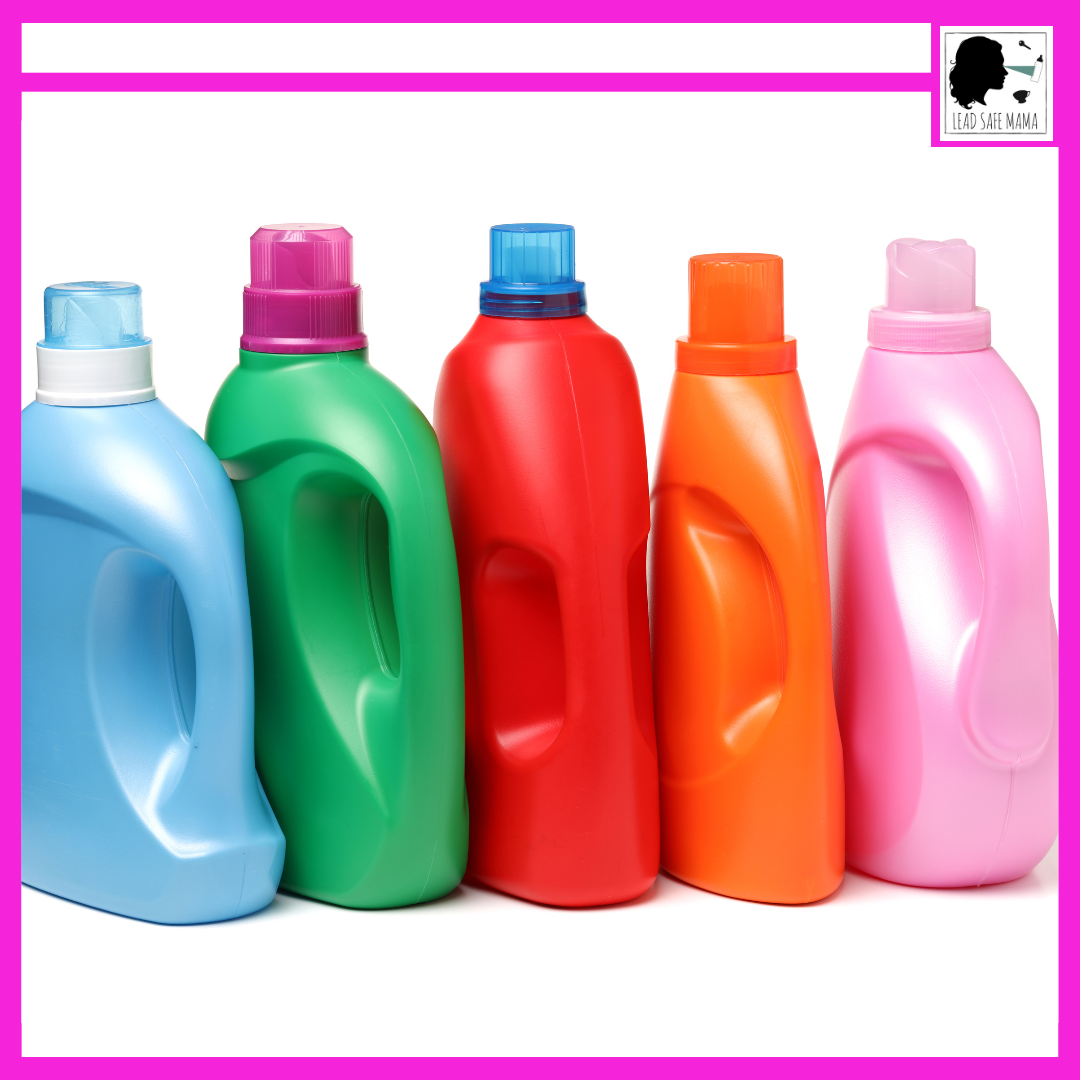
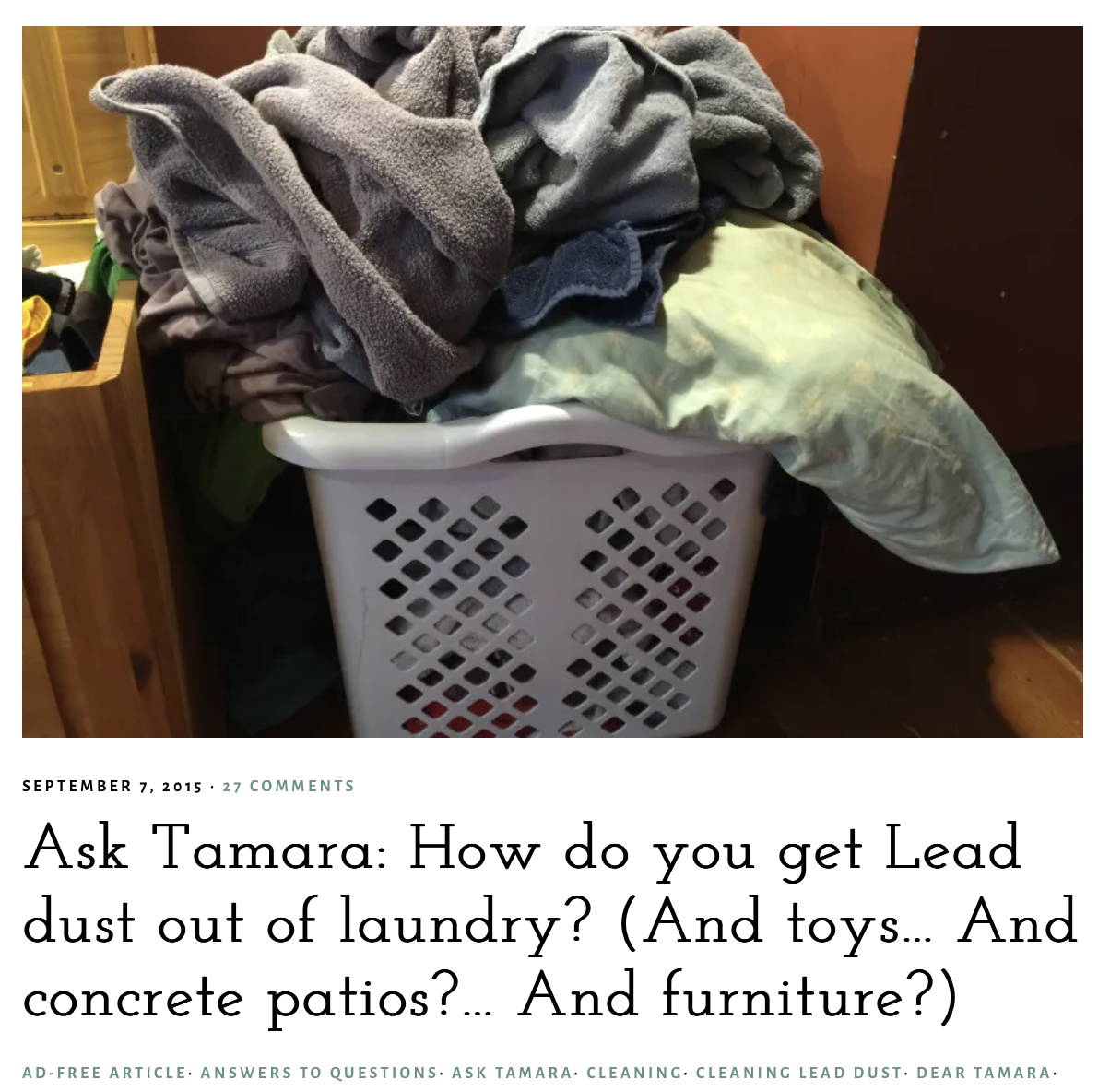
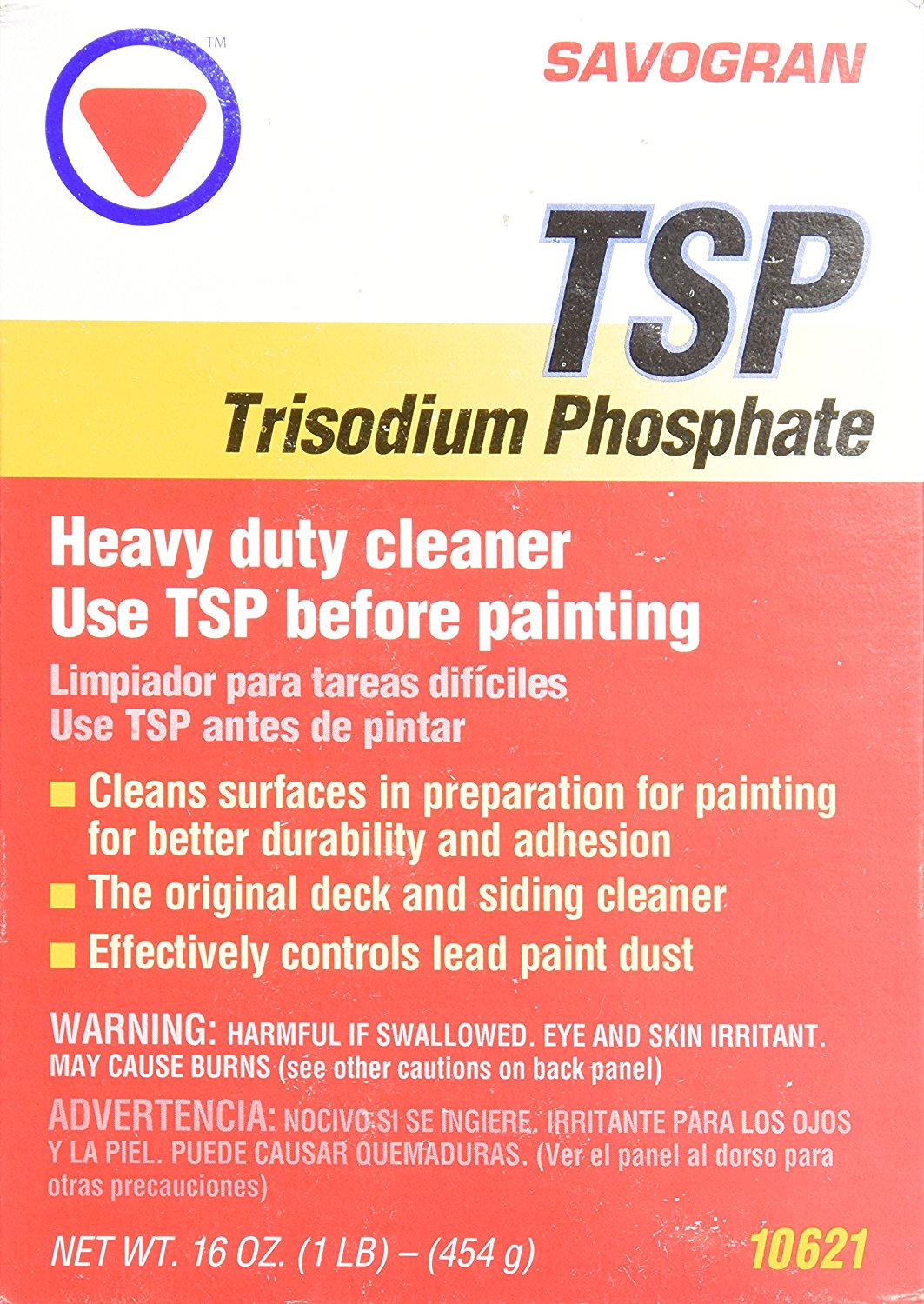
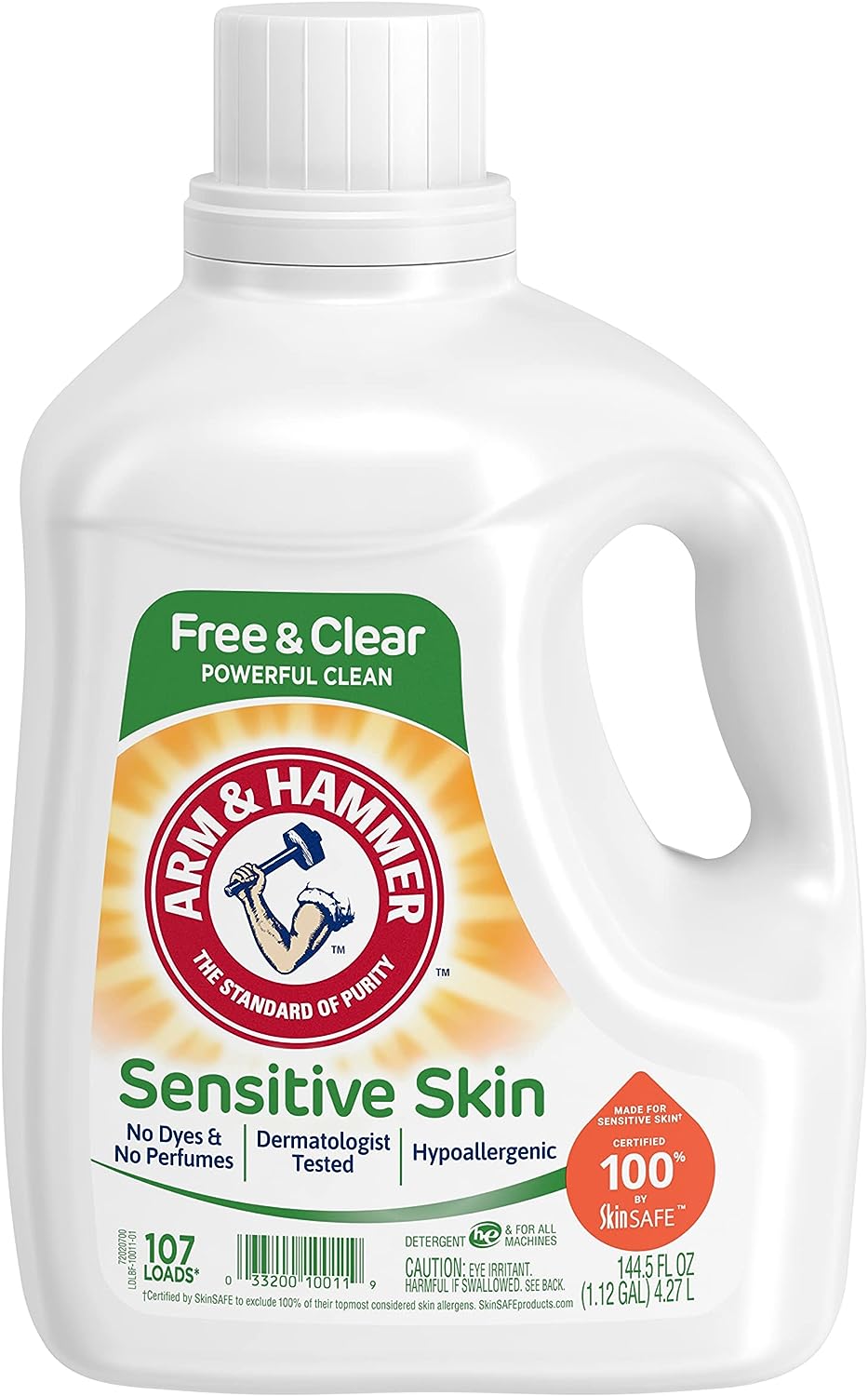
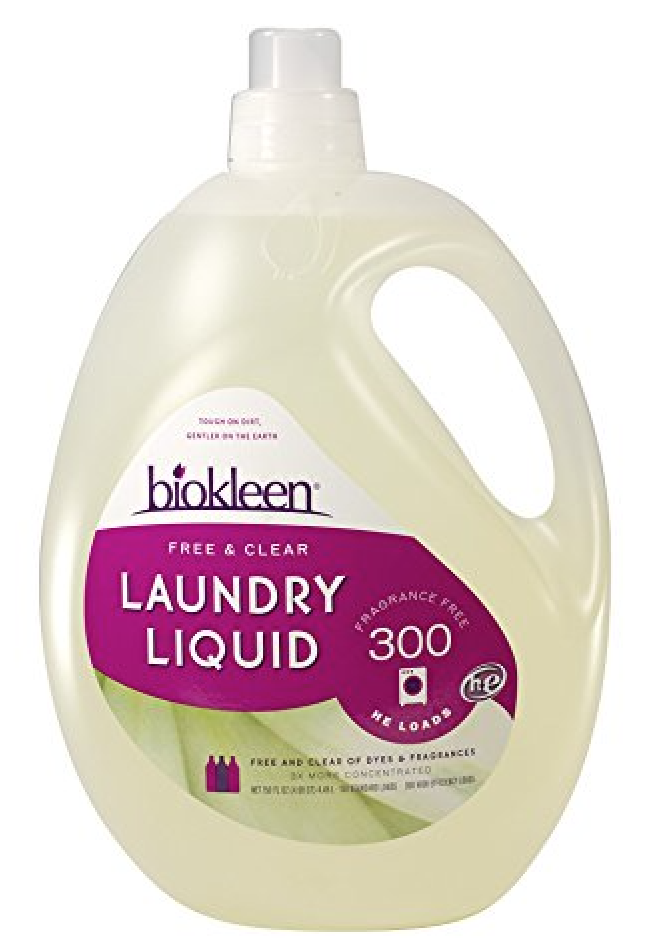

Thanks for sharing Tamara,
Would you use the same for cleaning dust from broken ceramic floor tile that I am sure has lead as most of them do (installed around 2003-2004).
Would you please point me to find information on how to do this repair safely (containment and all that)?
Thanks for All You Do!!!
To clean up dust from broken ceramic floor tiles I would use Clorox wipes (or Lysol wipes or similar). I don’t really have a post about repairing broken tiles. I generally avoid tile and carpets personally. If you can cut along the grout lines – or along the wall – to remove the tile unbroken that’s a good first step. It’s a good idea to test the grout with a lead check swab too – it might also test positive for lead, in which case you need to use full containment of the area if you are going to cut it at all. Here is my affiliate link for LeadCheck swabs: https://amzn.to/2JoZzxY
Thanks so much Tamara, I had no idea that the grout could have lead too.
No one else it sharing this type of information. I see people in my neighborhood changing their tile without any precautions:(
I wish we didn’t have to repair the broken floor tiles, this is a big concern. We covered the broken ones with tape as we were desperate and now we don’t know were to start as they are spread throughout the house:(
Thanks fro bringing awareness and sharing all this information!!!
Is there a concern for lead in newly purchased grout and mortar?
I can’t find the arm & hammer anywhere in the free and clear powder version. Any alternatives?
Also, how can one tell if there are surfactants in products?
Thanks!
If I am not mistaken, surfactants are found in detergent that does not promote itself as natural or plant based. I think if you go back a page, she mentions Tide and that she uses any detergent that is dye free and scent free, as long as they have surfactants. So basically anything like Happi Earth laundry liquid is out. We want the chemicals!
How did you clean it off your children’s skin
Yes please Tamara! I have MCS and need to clean my home with the “surfactants” as recommended because my grandbaby tested positive for lead. However I would need to then remove the offending chemicals. Any suggestions very appreciated.
Hi Tamara,
Do you know if non ionic surfactants removed lead? Thank you!
thanks for this info:)
Do you know what specific chemicals to look for? All I can tell is that phosphates work, however phosphates seem to be phased out of laundry detergents at this point and I’m not sure which surficants are best. I know there have been lots of ingredients removed from detergents since the mid 2000s, when your kids were poisoned, and that lots of big brands have options that are much closer to the natural brands. I just want to make sure the dye free scent free arm and hammer still has the formulation that will get lead out.
Thanks for the help!
Same question! Thank you!
How to get this stuff out of clothing and my skin
Hi there,
You’r page is amazing! its seen so hard to find anything with real information, thank you! We’ve been looking for a lead dust removing detergent or similar to remove from clothing and use to clean our home after a lead dust incident (basically me stripping paint and realising on day two…this place might have lead paint, and I was right after swabbing!) I can’t seem to find this on any UK based site. Would this do the same, do you think – Church & Dwight Co 03020 Arm & Hammer Super Washing Soda 55 oz. by Arm & Hammer?
Wondering same
I keep checking to see if I can find info on what soap to use on hands or what words to look for in your hand soap. So scary tk learn regular hand washing doesn’t remove lead. 🙁
I’ve heard many brands of baking soda are heavy metal contaminated, I remember aluminum specifically. Is this true of Arm & Hammer baking soda? We bake with it….Thank you.
Could you do something like this process (TSP+Detergent, vacuumed up with Dustless) on a wood floor to save time vs clorox wiping the whole thing? Thank you!
Question: what about D-Lead laundry detergents to remove lead from clothing?
I think they are overpriced and over-hyped (not necessarily any better than standard Tide, All, Arm & Hammer, or similar – when used appropriately).
T
Would you say machine washing stuffed animals in a home that is positive for lead (after the LA wildfires, we are a mile away from closest burned structure) is okay?